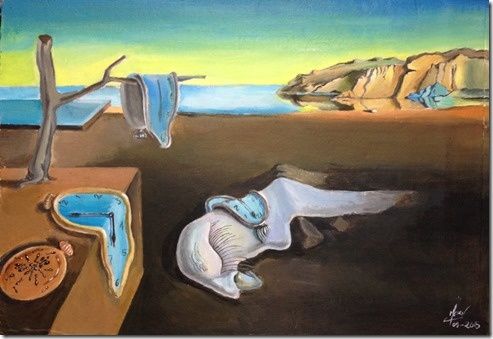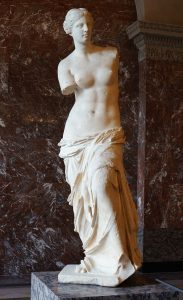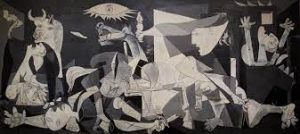
A Journey Through the History of Art.
Art is an integral part of human culture, spanning thousands of years and evolving through various eras, cultures, and materials. It is a testament to our creativity, expression, and ability to transcend time and communicate across generations. This article will take you on a captivating journey through the history of art, exploring its origins, evolution, and the factors that have elevated some artworks to stratospheric values.
The Birth of Art
The roots of art can be traced back to prehistoric times when early humans painted vivid scenes on the walls of caves. These primitive works of art were created using pigments derived from minerals, charcoal, and animal fat. The motives behind these creations are still debated among scholars, but it is widely believed that they served both as a form of communication and as a means to connect with the spiritual realm. These ancient paintings, such as those in the Lascaux Cave in France, give us a glimpse into the early human psyche and the birth of artistic expression.
Ancient Civilizations and the Discovery of Materials
As societies advanced, so did the materials available for artistic expression. Ancient Egyptians, for example, used a wide array of pigments made from ground minerals and plant extracts to create their iconic hieroglyphs and intricate murals. In Mesopotamia, the development of cuneiform writing also showcased artistic elements in its form and design.
The Bronze Age marked a significant leap in artistic materials. The alloy, composed primarily of copper and tin, enabled sculptors to create intricate statues and reliefs, as seen in the famous ancient Greek sculptures like the “Venus de Milo” and the “Dying Gaul.” This era also gave rise to impressive metalwork and jewelry, showing the fusion of art and craftsmanship.

The Renaissance and Technological Advancements
Fast forward to the Renaissance in the 14th to 17th centuries, a period marked by profound advancements in art. This cultural explosion was driven by a renewed interest in ancient Greek and Roman art, which emphasized humanism and naturalism. Innovations in oil painting techniques, pioneered by artists like Leonardo da Vinci and Michelangelo, resulted in breathtaking works that still captivate audiences today.
The invention of the printing press by Johannes Gutenberg allowed for the mass reproduction of artworks and ideas, democratizing access to art and knowledge. This marked a pivotal moment in the dissemination of art to wider audiences.

Modern Techniques and the Birth of Masterpieces
The 19th and 20th centuries witnessed radical shifts in artistic techniques and styles. The Impressionists, led by artists like Claude Monet and Edgar Degas, broke free from traditional forms and focused on capturing the fleeting effects of light and color. This movement revolutionized the way art was perceived and executed.
With the advent of photography, artists were freed from the constraints of realism, enabling the birth of abstraction and expressionism. Artists like Pablo Picasso and Wassily Kandinsky pushed the boundaries of what art could be, leading to the creation of pieces that challenged traditional aesthetics.

The Value of Art: A Complex Equation
The question of why certain artworks are valued at millions of dollars is complex and multifaceted. Factors such as historical significance, rarity, provenance, and the artist’s reputation all play a role. Additionally, the emotional impact and cultural resonance of a piece can elevate its value.
Art collectors and institutions have invested heavily in preserving and acquiring iconic works of art, often driving up their prices in the process. Auction houses like Christie’s and Sotheby’s have become venues for competitive bidding wars, with collectors and investors vying for the privilege of owning a masterpiece.
To conclude, the history of art is a rich tapestry of human creativity, innovation, and expression. From humble cave paintings to the modern avant-garde, art has evolved alongside humanity, adapting to changing materials, technologies, and ideologies. The value of art, both culturally and monetarily, reflects our profound connection to the past and our enduring fascination with the power of visual expression. As we continue to create and appreciate art in its many forms, we carry forward a legacy that speaks to the essence of what it means to be human.


Leave a Reply